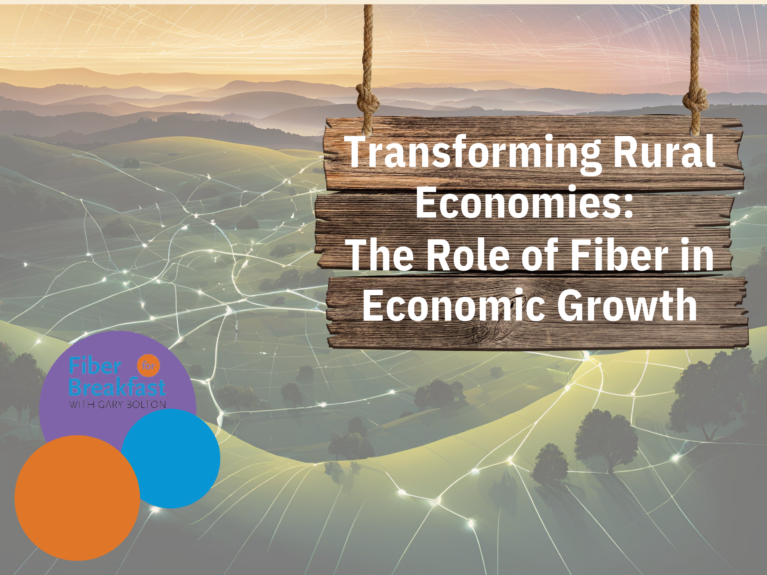Wall Street Bullish on Fiber Over the Next Decade
Wall Street Bullish on Fiber Over the Next Decade
A recent report by Wolfe Research predicts the U.S. fiber subscriber count will double over the next ten years as the opportunity to sell into the market is much more profitable than it was in years past.
“Public market investors are constantly worried in telecom about marginal return on capital, and the publicly traded telecom companies are building billions of dollars of fiber annually,” said Peter Supino, Managing Director and Lead Analyst – Media & Entertainment, Telecom & Cable at Wolfe Research. “The investors are first and foremost worried about whether AT&T, Verizon, Frontier, and others are earning returns in excess of their cost of capital on these builds.”
According to Wolfe Research, fiber expansion barely slowed in 2023 and looks to be on track for continued growth through 2025 and beyond, due to the fact that fiber broadband pricing and trends look very robust and predictable. As the market for fiber broadband increases, it’s “now or never” to be the first in market to connect homes with fiber, as both public and private companies race to meet high demands for alternatives to cable.
Wolf Research analysis sees 20 million fiber subscribers today, growing to 40 million subscribers over time. About 20 to 25 million suburban and urban homes are still not passed by fiber. Many of these homes have the potential to be passed, but poverty, income, affordability, and neighborhood typography play a heavy role in the decision to lay fiber. Federal programs like BEAD could add another 5 million subscribers, making a total of 45 million fiber subscribers in the future.
For fiber network operators and the investors who purchase their stock, Wolf Research expects a continuing increase on average revenue per user (ARPU), with many markets in a duopoly between fiber and cable, with fixed wireless not playing a significant role.
“We think that the argument for fiber to sustain much higher multiples is really robust and getting stronger,” said Supino. “First of all, as fiber businesses mature, [there’s] a good history of evidence that their multiples, their margins expand, and higher margins would tend to be good for multiples. Secondly, we think that fiber companies need to be appreciated as being less capital-intensive and unencumbered by declining legacy businesses in comparison to the incumbent telecoms and cable companies.
For more on Wall Street’s bullishness on fiber, listen to the latest Fiber for Breakfast podcast.
###



